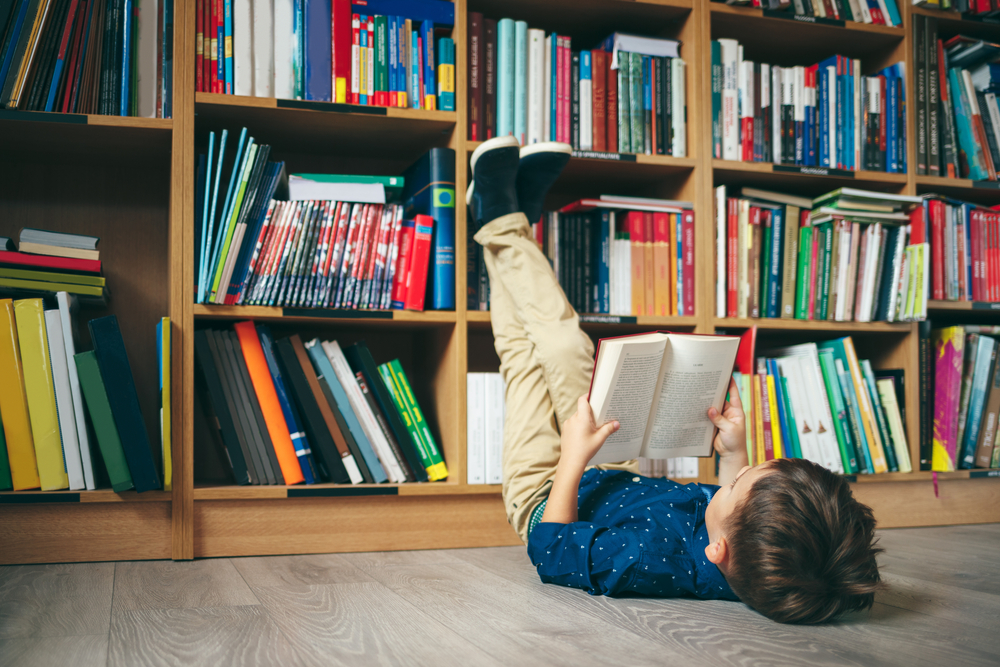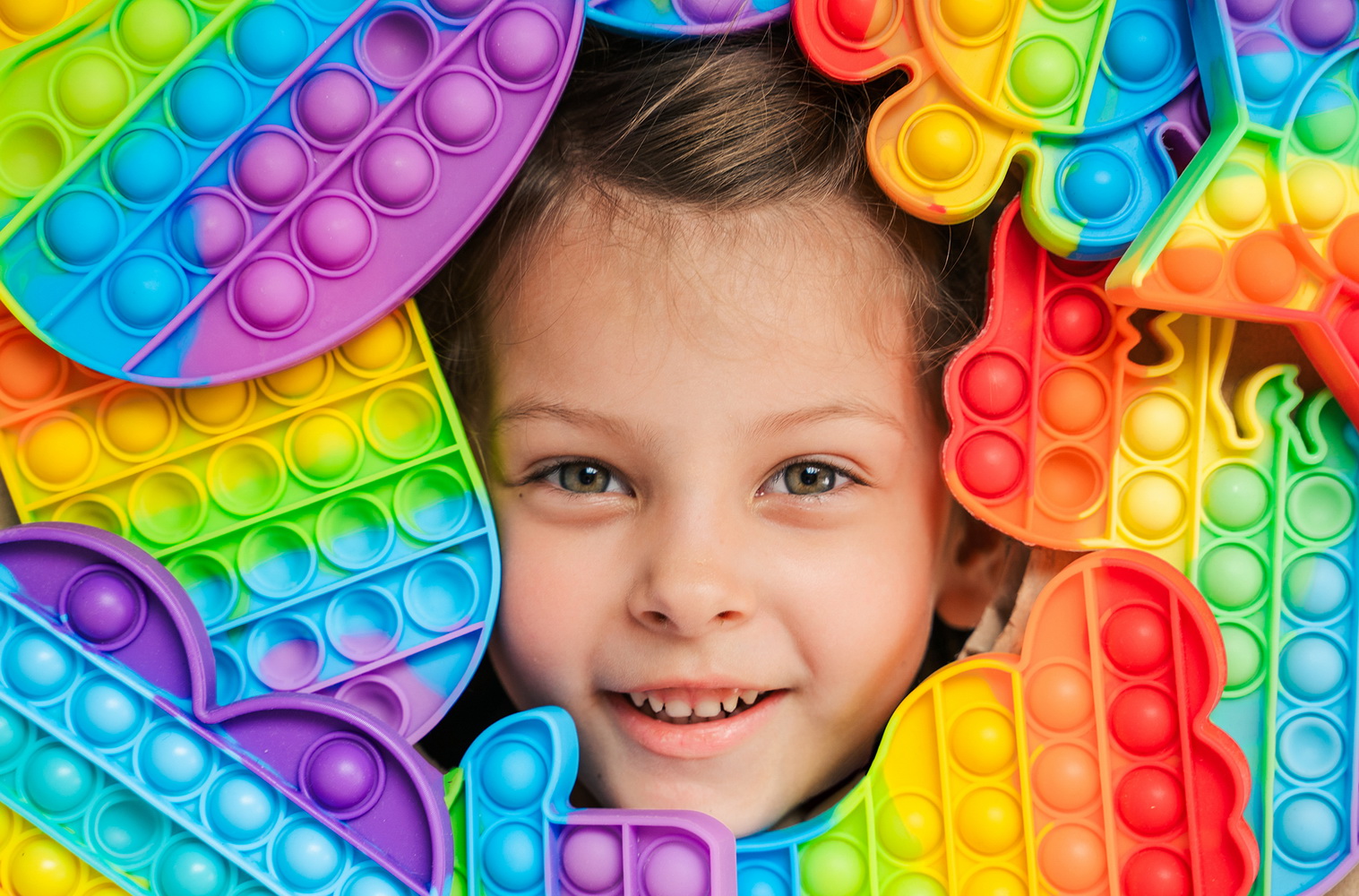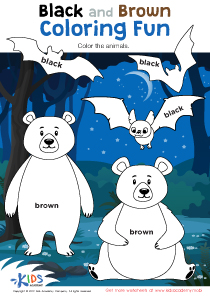Following instructions English for Beginners Worksheets for Ages 4-6
6 filtered results
-
From - To
Our "Following Instructions English for Beginners Worksheets for Ages 4-6" offer engaging, effective activities tailored for young language learners. Perfect for early learners, these worksheets help children develop essential English skills through fun, interactive tasks that focus on following instructions. Designed by educational experts, they enhance listening and comprehension abilities while building a robust vocabulary foundation. Each worksheet combines colorful illustrations with easy-to-understand directions, making learning enjoyable and stress-free. Ideal for both classroom and home use, these resources support parents and educators in fostering academic success and a love for learning in English beginners.


Red and Blue Coloring Fun Worksheet


Yellow and Green Coloring Fun Worksheet
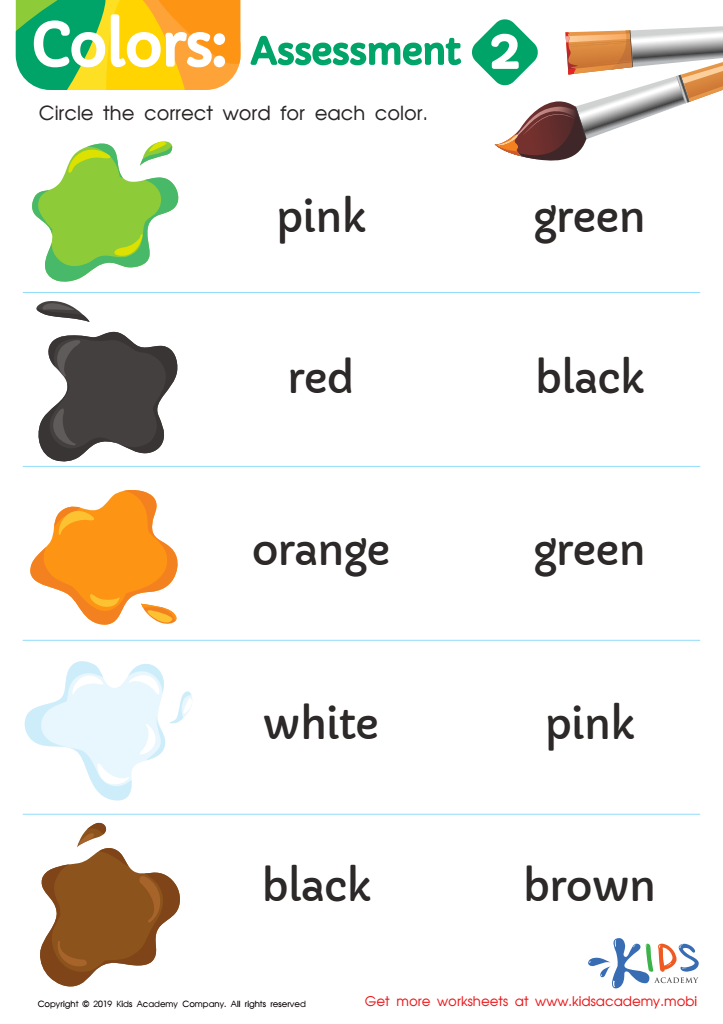

Colors: Assessment 2 Worksheet


Purple and Orange Coloring Fun Worksheet
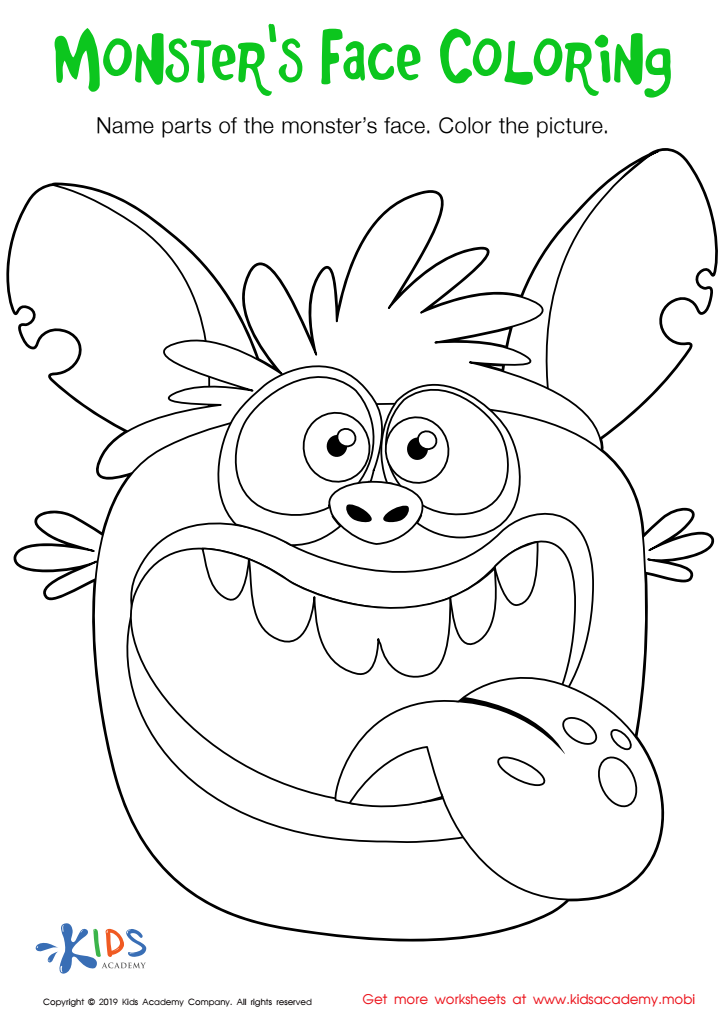

Monster's Face Coloring Worksheet


White and Pink Coloring Fun Worksheet
Following instructions is a fundamental skill that sets the stage for future learning and development, especially for young children aged 4-6. When parents and teachers focus on teaching children how to follow instructions in English, they contribute significantly to several critical areas of growth.
Firstly, mastering this skill enhances a child’s listening abilities. Young children who learn to follow instructions accurately tend to listen more attentively in class and at home, which is crucial for responding appropriately to tasks and fostering communication skills. Secondly, it boosts cognitive development. Sequencing instructions helps children understand order, cause and effect, and time management, fundamental concepts in both academic and everyday contexts.
Additionally, social skills see marked improvement. When children understand and follow instructions, they are more likely to participate in group activities, collaborate with peers, and adhere to social norms. This cultivates self-discipline and respect for rules and structured guidance.
Language skills promote literacy and numeracy. As children practice following instructions, they start recognizing and understanding new vocabulary and phrases, thereby enhancing their expressive and receptive language proficiencies. Overall, teaching children how to follow instructions lays a strong foundation for academic success and personal growth, making it a focus worth the attention of both teachers and parents.
 Assign to My Students
Assign to My Students


